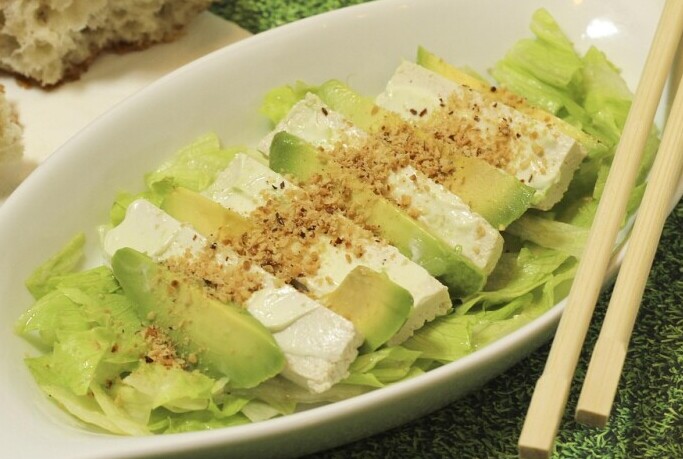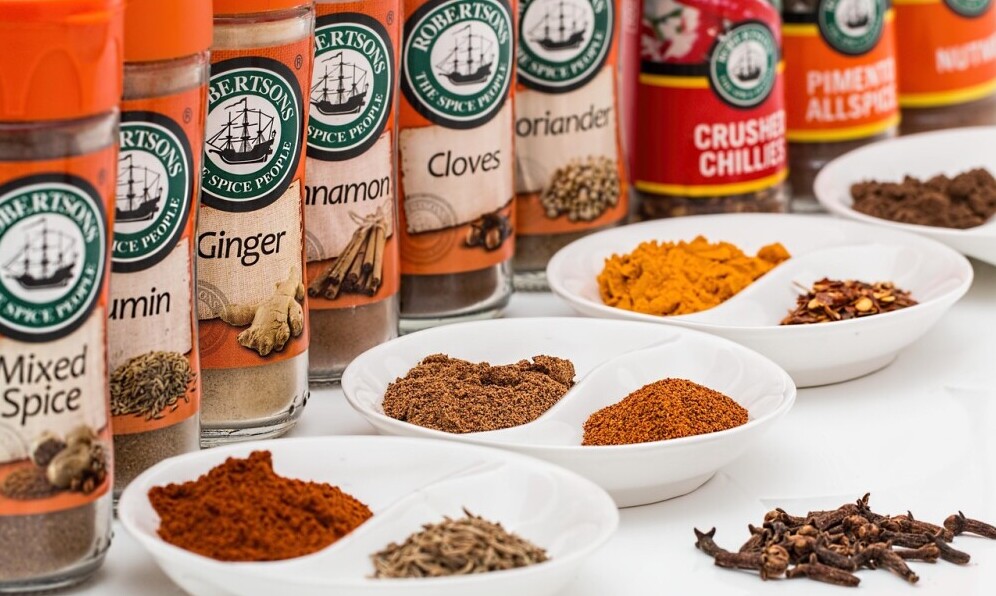Keto diets are all about low carbs and high fat, a combo that flips the usual eating patterns on their head. But when you’re also keen on plant-based options, it can feel like a double puzzle. We gotta talk about why protein matters here. It’s the unsung hero, helping you keep those muscles strong and that metabolism ticking.
When we look at protein, animal-based sources often hog the limelight. But don’t worry, plants bring their A-game too, just with a different roster. Beans, nuts, seeds—and yes, even some veggies—can offer a robust protein punch minus the meat. That’s perfect for those wanting to keep things green without ditching their keto goals.
Key to remember, though: not all proteins are made equal. Animal proteins tend to come with the right ratios of all essential amino acids your body craves. Plant-based versions sometimes need a bit of mixing and matching to hit that sweet spot. Quinoa plus chickpeas? Magic combo right there.
Balancing carbs is the tricky part when you’re sticking with veggies. Plant-based proteins can sneak in extra carbs, and that’s a no-go in the keto world. But with the right picks and some savvy planning, you’re all set to keep it low-carb, high-reward.
Top Plant-Based Protein Sources Perfect for Keto Dieters
Finding the right plant-based proteins that fit with your keto plan might seem like a challenge, but there are plenty of options ready to keep you on track. Let’s start with edamame and tofu—both low in carbs and high in protein. These soy stars are versatile enough to slide into stir-fries or even make a stand-alone snack.
Nuts and seeds are a powerhouse of protein packed into small, crunchy bites. Almonds, walnuts, chia seeds—they’re all loaded with the good stuff and provide that satisfying crunch while keeping carbs low. Toss them in salads or munch them as a quick snack.
Spirulina and chlorella might sound like something from a sci-fi film, but these algae are superfoods with a protein profile that knocks it out of the park. Add them to smoothies or homemade energy bars for an extra health kick.
For some customized protein options, check out plant-based protein powders. These can be tailored to your needs, offering additional nutrients without upping the carb count. Mix them into shakes post-workout or incorporate them into your morning routine for a nutrient boost.
Optimizing Plant-based Protein Intake on Keto with Meal Plans
Meal planning with plant-based proteins on keto isn’t just a good strategy—it’s essential for staying on track and keeping those nutrient profiles balanced. Let’s break it down meal by meal. A breakfast idea? Try a tofu scramble with a side of avocado to keep things egg-free and still packed with protein and good fats.
Lunch could be a colorful salad topped with a handful of nuts and seeds for texture and nutrients. Add in some grilled edamame for extra protein. It’s a mix that satisfies hunger and stays true to your carb limits.
Dinner options are wide open. Consider a vegetable stir-fry loaded with low-carb veggies like zucchini and bell peppers, and toss in some tempeh for that rich protein content. Who said plant-based meals have to be boring?
Snacking smart is key to staying satisfied throughout the day. It’s about quick, easy options that don’t derail your macro goals. Nut butter on celery sticks or a quick smoothie with spirulina are excellent choices.
Keeping track of your macros is important when you’re mixing plant-based choices with keto. Use a food tracking app to see if you’re hitting those protein goals without overshooting on carbs. Make it a habit to adjust portion sizes based on daily needs or exercise regimes.
Benefits and Challenges of Plant-Based Protein on a Keto Diet
Switching to plant-based proteins on a keto diet brings its own bundle of health perks. Improved digestion, for one, is a major win. Most plant-based foods are loaded with fiber, which is often lacking in traditional keto diets. This keeps everything running smoothly in the digestive department.
Heart health can see improvements too. Plant-based diets are typically lower in saturated fats, which benefits your cardiovascular system. Toss in healthy fats like those from avocados and nuts, and you’re cooking up something great for your ticker.
Watch out for the potential pitfalls too. Micronutrient gaps could sneak up if you’re not cautious. Missing out on certain vitamins and minerals can happen, especially if you don’t mix up your food choices. B12, iron, and omega-3s can be tricky, so check labels and maybe consider a supplement.
Variety is crucial for long-term success, so don’t let your meals get monotonous. Explore different plants and spices to keep meals exciting and flavorful. This not only helps with nutrient diversity but keeps the mental side of dieting fresh and fun.
Supplements might be your sidekick here. A good multi-vitamin or specific supplements can bridge those nutrient gaps, ensuring you’re getting a well-rounded intake. With a little planning and the right choices, balancing plant-based proteins on a keto diet is totally doable and sustainable.

Finding the right balance between plant-based eating and the keto lifestyle isn’t always easy, especially when it comes to protein. It’s helpful to see options outlined that cater to both. One thing I’m still wondering about is the amino acid completeness of these plant-based proteins. Are certain combinations better than others to help keto dieters get a full range of essential amino acids without relying on animal products? I’d love to know if the article could go deeper into pairing suggestions, like hemp with rice protein or pea with quinoa, for anyone trying to make sure they’re covering all their nutritional bases while staying in ketosis.
Hi, Marlinda. I’ll do my best to answer your ?’s. When your doing just plant-based protein it can no doubt be difficult to get the right amount of amino acids your body needs since this kind of protein usually lacks one or more amino acids. But combining the right 2 can provide you with everything you need to stay healthy. There’s a sure way to do it by choosing low carb options that complete the profile for keto dieters to give you a complete protein. I think I said that right. Some pairings are grains & legumes, (yes, I understand not all grains are going to go with the keto life-style diet but you can use those quinoa seeds and pair them with say legumes like lentils or chickpeas) There’s nuts & seeds where you can use almonds with chia or hemp seeds and then you’ve got soy products like tofu, tempeh & edamame. These 3 are actually complete proteins with all the amino acids and they’re keto friendly so no need to mix them with anything else, unless you want to. ?# 2-extra full protein, keto approved pairing suggestions. OK-you talked me into it so here goes: you had the hemp seeds & rice protein along with the pea protein & quinoa. Others would be chia seeds & almonds, pumpkin seeds & sunflower seeds, tempeh & broccoli, spirulina & sesame seeds, flaxseeds & walnuts, edamame & sesame seeds, pumpkin seed protein powder & coconut flour, chia seeds & macadamia nuts and seaweed (like Nori or Wakame) & hemp seeds. How’d I do? I tried keto a couple years ago but me and it, not a good fit-afraid I love to many of those things you have to give up to make it work. But I love that you and so many others can and do make it work & I’ll try to help out whenever & how ever I can. I wish you all my best. Firelava